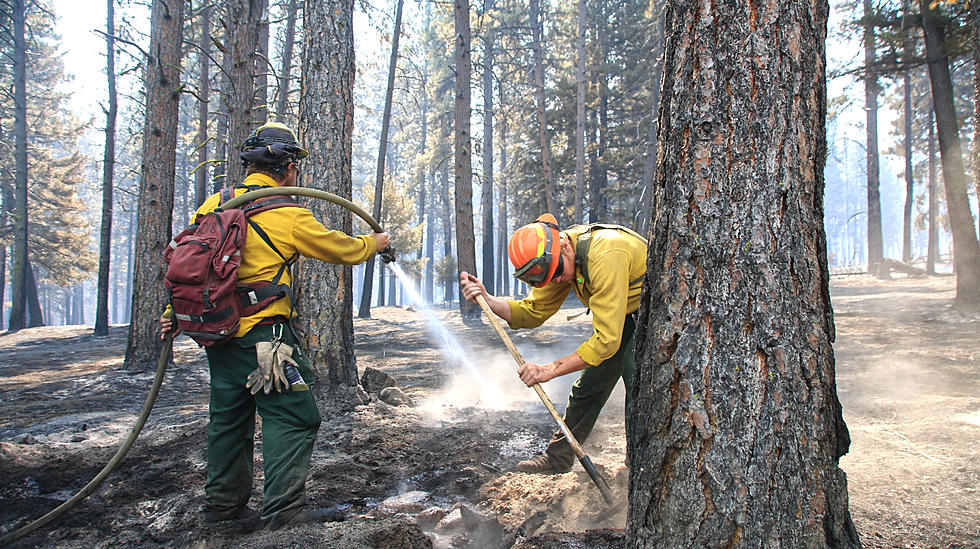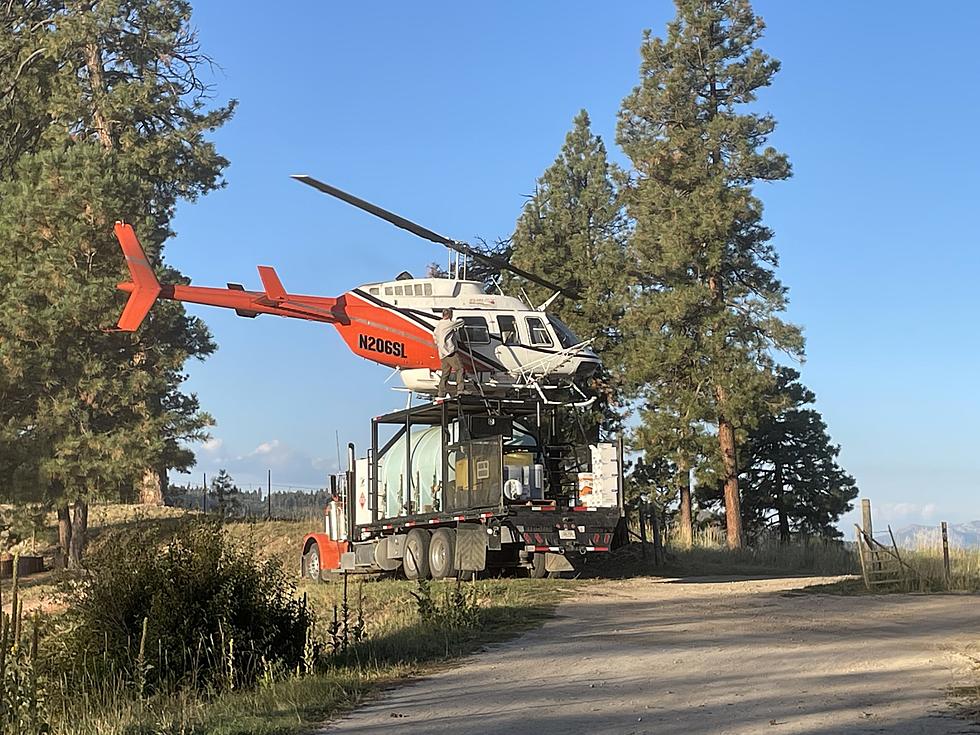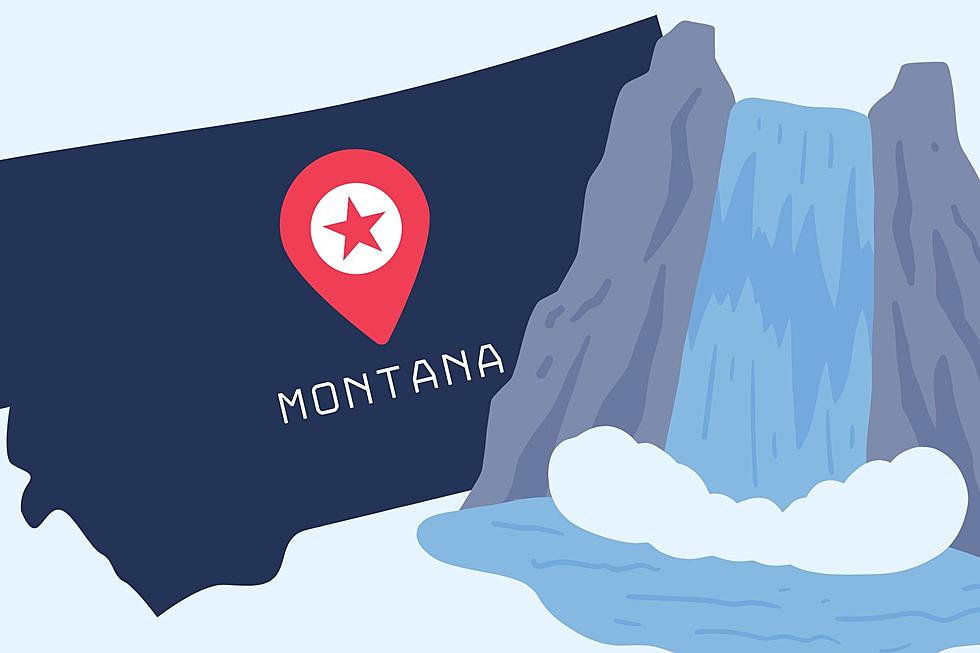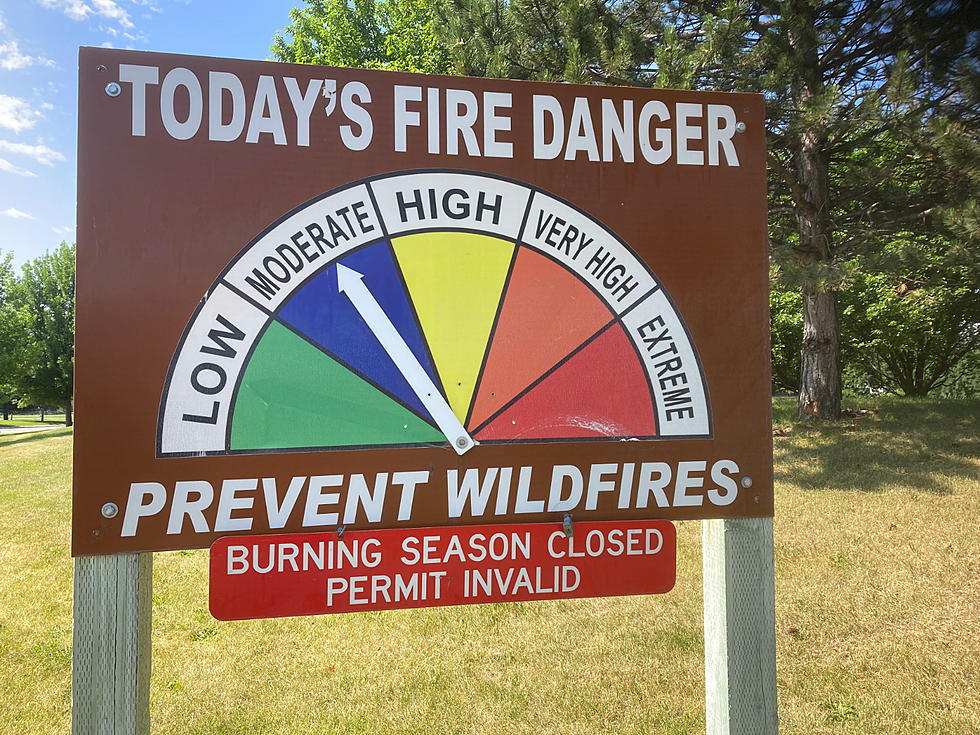
Bitterroot National Forest Hasn’t Received Info on “Rare Earth” Mine
Bitterroot National Forest leaders are emphasizing they haven't received a permit from a Utah company interested in mining "rare earth elements" on the headwaters of the Bitterroot River.
And the agency is stressing it would take a full environmental review before such mining were allowed on Sheep Creek, in the mountains above the West Fork.
Interest in the plans by U.S. Critical Metals Corp. has built over the past month with published reports indicating the company is advancing plans to explore the site for the elements praseodymium and neodymium. Some of those reports indicate it could be one of the largest such deposits in the world.
However, the potential of such rare earth elements and their importance in the production of electronics like laptops, cellphones, and other devices are actually not a "new" discovery. A decade ago, I reported by the band of such elements which geologists say extend from just south of Darby south into the Beaverhead Range, and the country west of the Salmon River in Idaho. At the time, another firm was doing exploratory work north of Salmon which never led to actual mining.
BNF clarifies what's going on
This week, West Fork District Ranger Dan Pililey released a statement saying BNF hasn't received any "draft plan of operations for any exploratory drilling, or a proposal to develop a mine in the Sheep Creek area, which is south of Painted Rocks reservoir.
"If the Forest Service receives a plan, we will review the plan, and if warranted, will take the proposal through the National Environmental Policy Act (NEPA) process," Pililey explained. "The NEPA process would include the opportunity for public notification and comment and ensure compliance with applicable environmental laws and regulations before moving forward with the project.”
Last fall, U.S. Critical Materials, and U.S. Critical Metals Corp. did file a notice of intent to explore the supposed lode with hand tools and to map the area. That Columbite Deposit Mine Site was discovered in 1953 and has been sampled off and on since the early 1960s. BNF says that the notice covered last year, and the agency hadn't received a notice for this year, as of this week.
While mining companies have certain surface rights, federal rules still require a plan of operations and the posting of a reclamation bond. Plus, the company would still need to obtain state permits, in addition to the federal review.
RANKED: Here are the most popular national parks
LOOK: Stunning vintage photos capture the beauty of America's national parks
More From Newstalk KGVO 1290 AM & 98.3 FM









